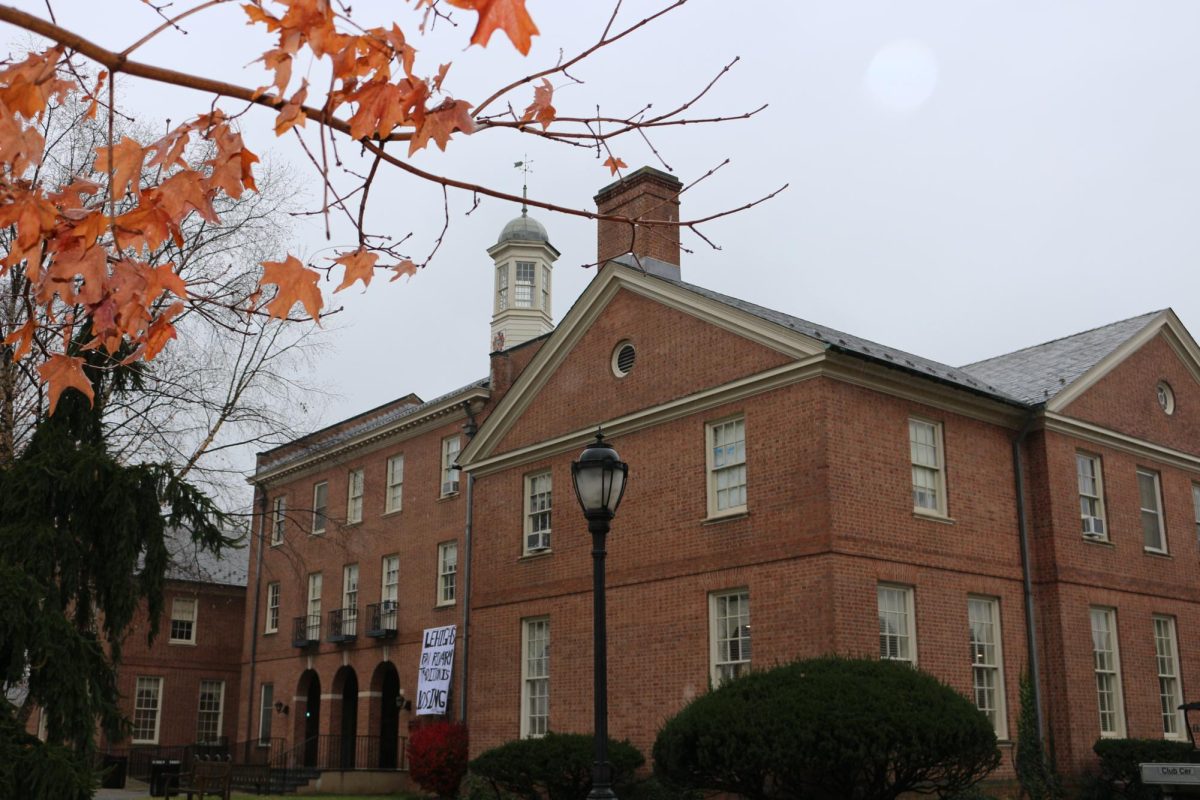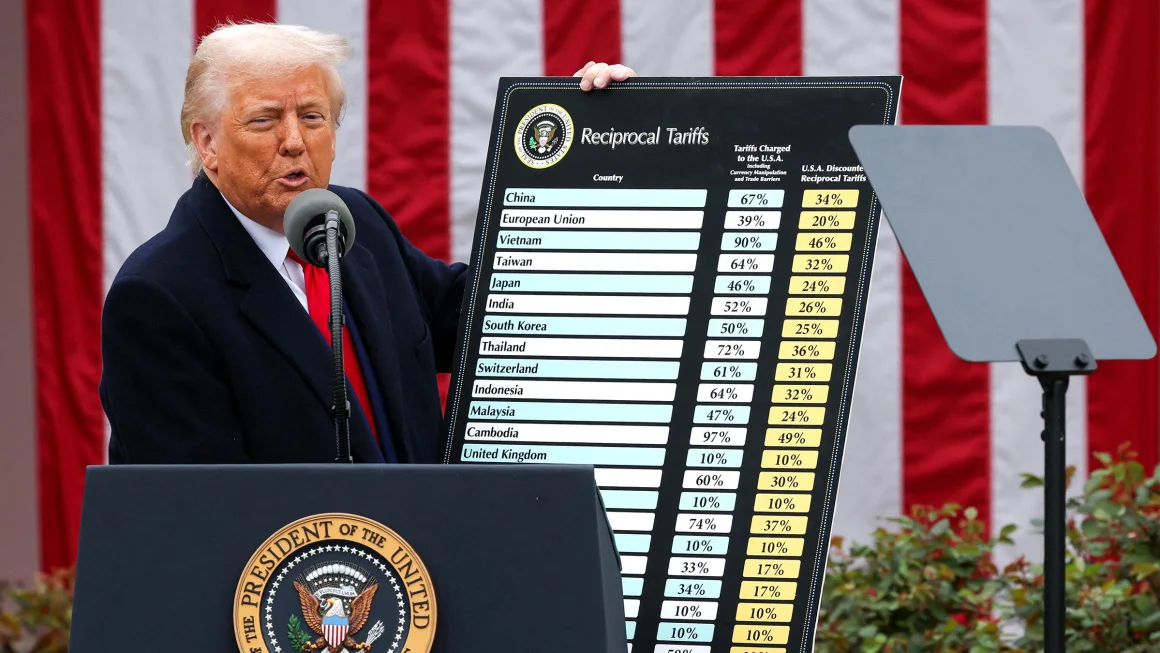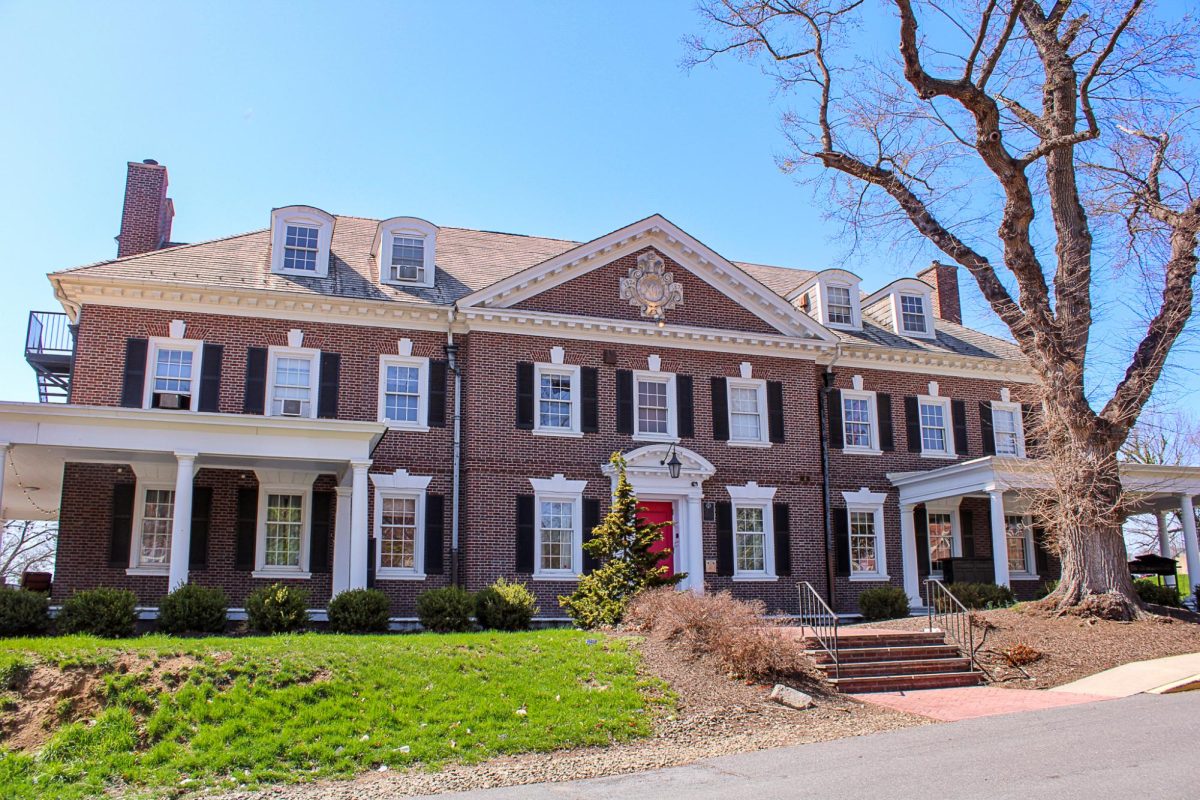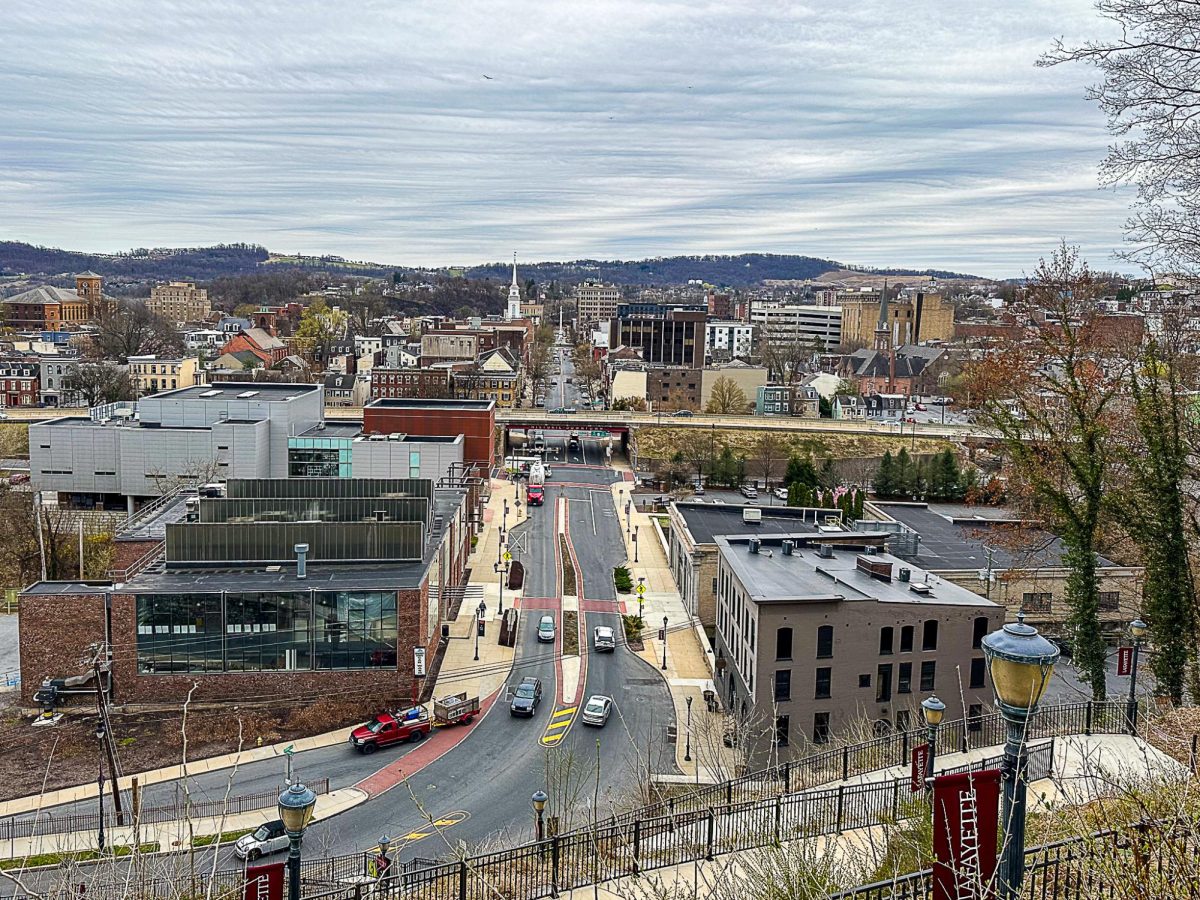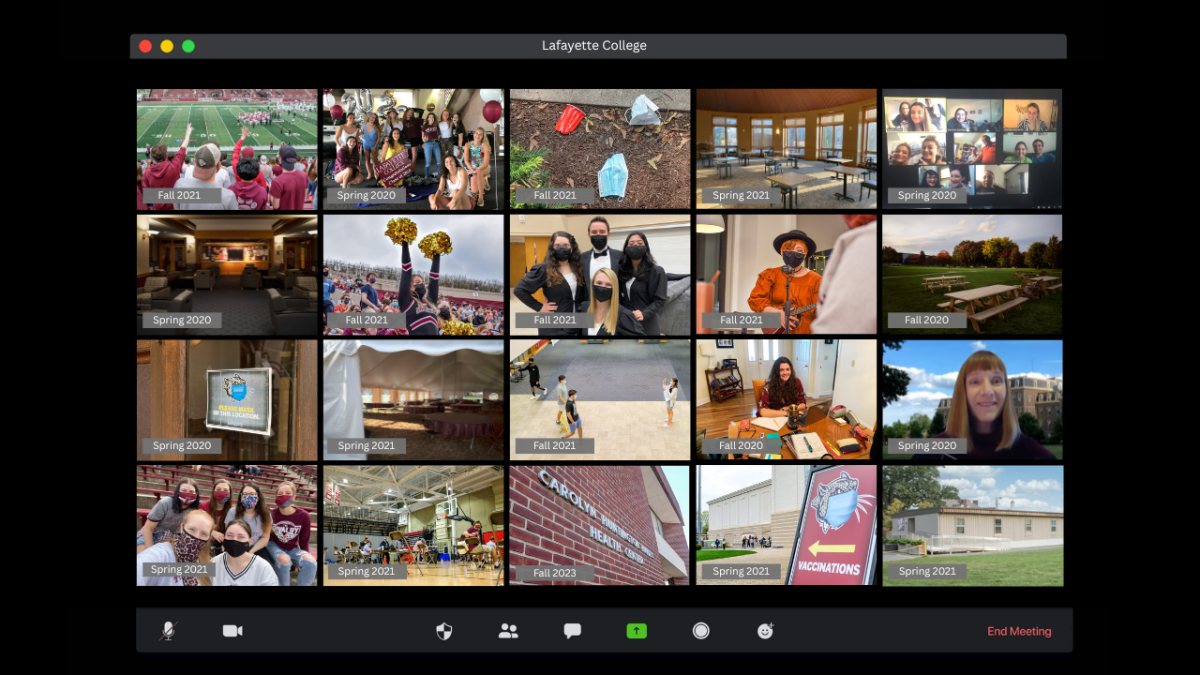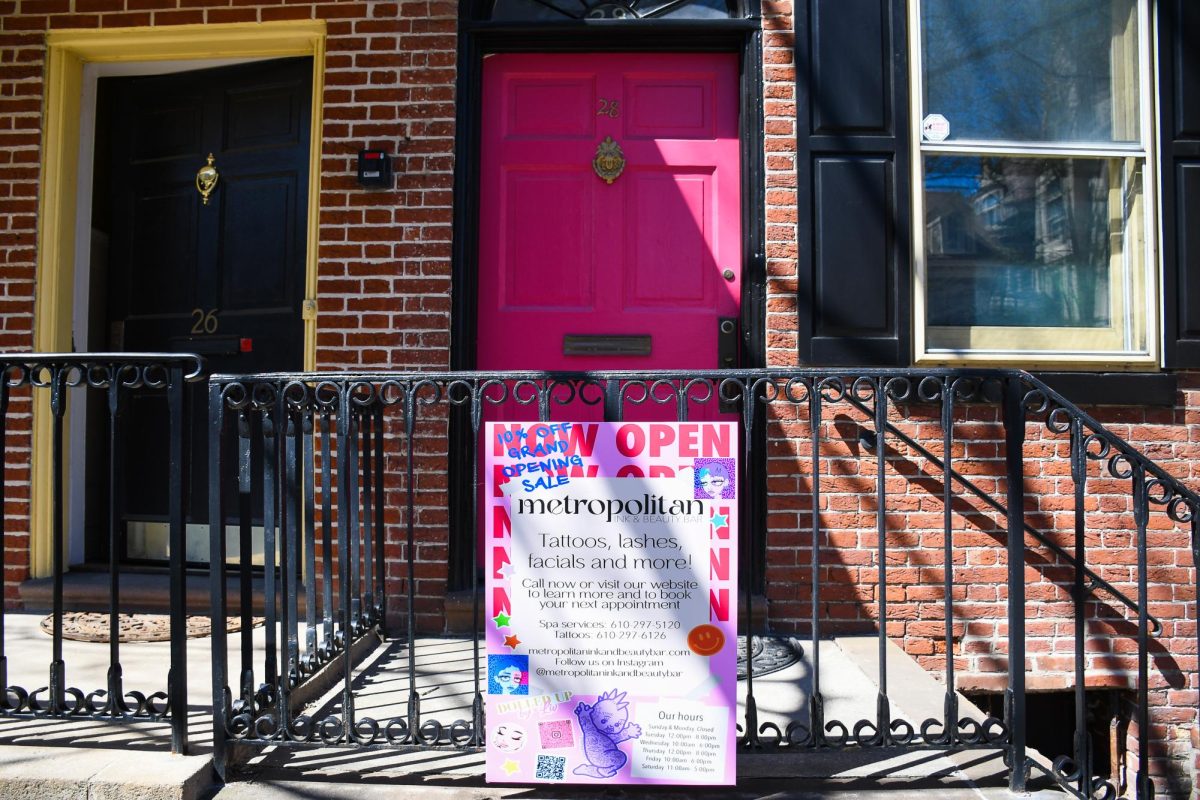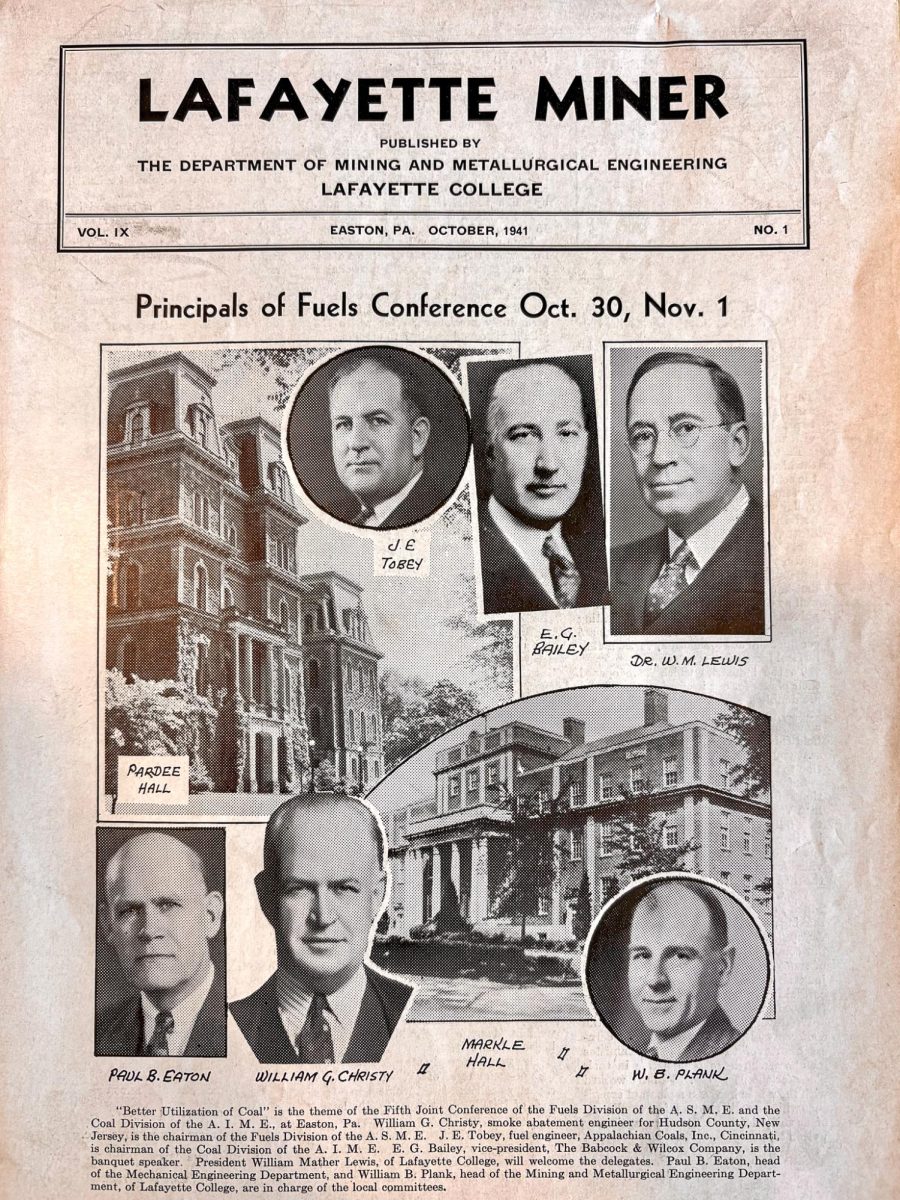During her time at Lafayette, artist Lia Embil ‘17 found a way to blend her two passions for art and the natural world. She has since made a living out of it.
According to Embil, Lafayette was “kind of polar opposite” from where she grew up in Istanbul. She chose Lafayette due to its proximity to New York City and the diversity of opportunities it offered, including the chance to explore both art and geology.
“Humans like to create arbitrary distinctions of science, art, music — in reality, these are all just different perspectives on the same thing,” Embil said. “I really appreciate when different departments can merge and share ideas and so I was very inspired by geology.”
For her senior art thesis, Embil used natural materials such as lichen, carrot tops, blueberries and cochineal to make dye which she used to depict geologic occurrences, environmental isolation and how humans affect them.
“That was my first step into exploring the world and having that be my art practice. That has only just evolved from there to here,” she said.
This past April, Embil debuted an exhibition that drew upon what she created at Lafayette. “Fragments of Eternity” began as home decor that reflected Embil’s philosophy for life.
“It happened actually completely naturally. I started collecting things and I was hanging them in my apartment in New York City from a very thin thread that you couldn’t see,” she said. “It was just part of the way I wanted to live … to find beauty and amazement in the littlest of things.”
These “fragments” included 600 objects that Embil had collected on excursions around the world, 600 original poems that correlated to each physical object and a sound installation of recordings derived from both nature and humans.
Pieces included rusted wheels, styrofoam, Joshua Tree plants and shells. Each object hung from the ceiling on a piece of fishing line.
“As you move through [the objects], one would feel as if they were floating through the space as one of those objects,” Embil said. “I wanted to hang everything, because when you hang it, and you bring it up to your own eye level and walk around, it may become something different than a shell on a beach — it becomes its own thing.”
While originally gravitating towards natural items for the project, Embil became interested in the way that human beings impact the world around them and how the items they create seem to become part of nature themselves.
“I didn’t want to isolate the story to only tell it [about] nature, because we are intrinsically part of nature,” she said. “I had to tell a story of the world we’re living in, how we’re impacting the Earth and how our decisions and thoughts and experiences are becoming intertwined with that of the Earth.”
She drew parallels to the poetry of Sappho, a 500s B.C. woman whose work was largely lost in a fire and only exists now in fragmented pieces.
“Somehow still, as fragments, they make up a whole and they tell a very powerful story,” Embil said. “My exhibition was comprised of all these fragments that weren’t the whole picture, but they were making up a whole … I felt that there was a very beautiful connection between.”
In the future, Embil hopes to travel to other countries and create more “Fragments of Eternity” with objects specific to those regions.
Embil’s time at Lafayette is not her whole picture, but a fragment that made her the artist she is today.
“Every single experience I had at Lafayette and beyond has contributed to how I see the world and how I see art,” she said.
To view “Fragments of Eternity” and Embil’s other work, visit liaembil.com.














